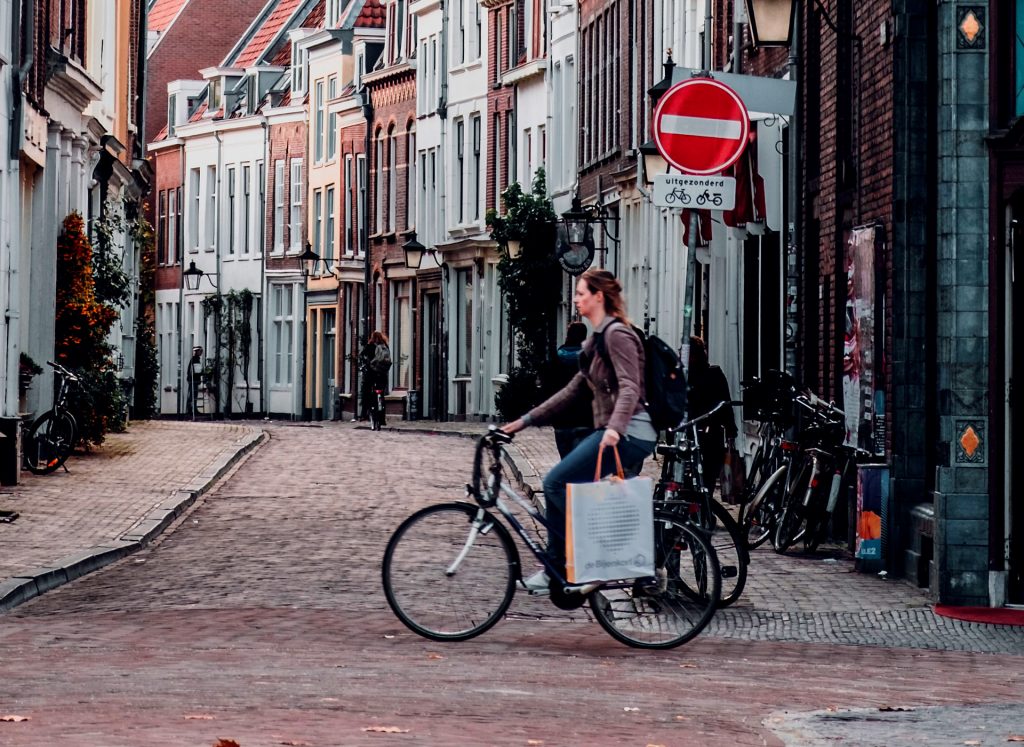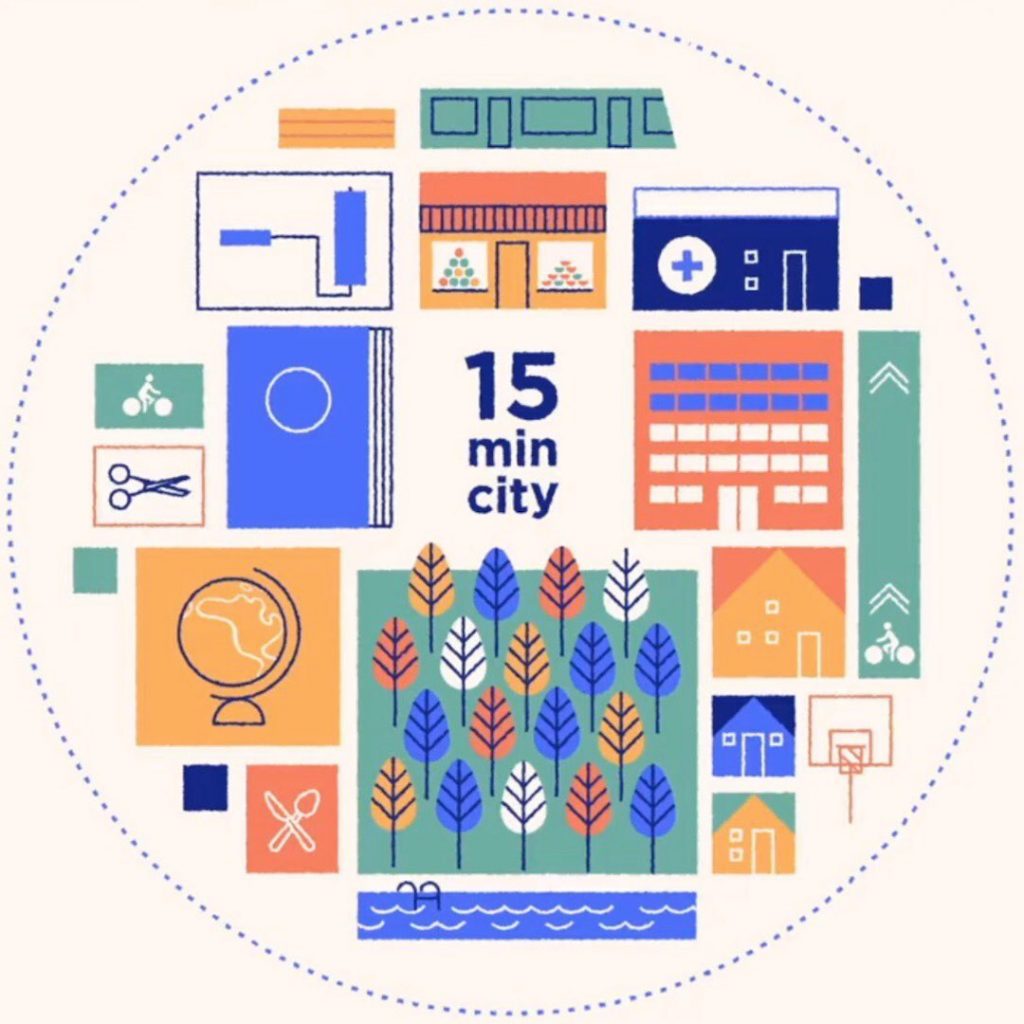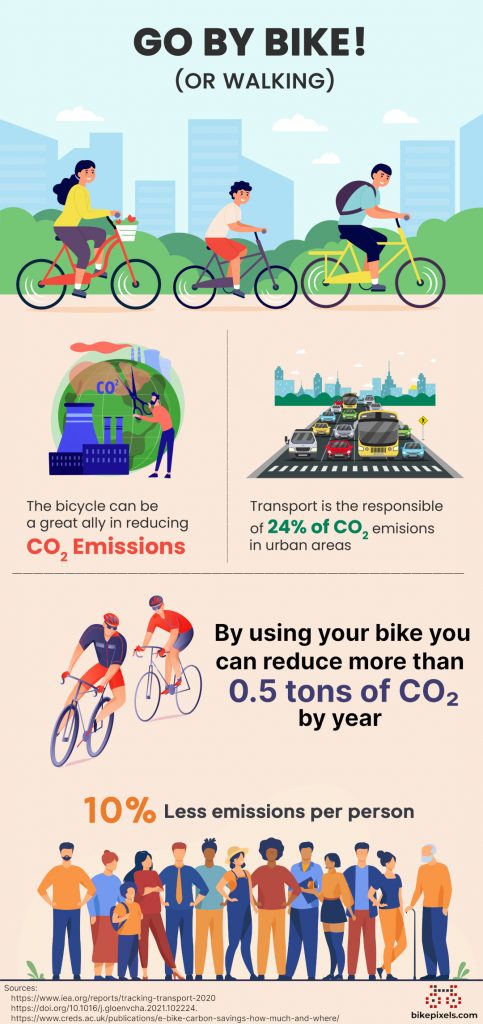The bicycle, the best ally against climate change
03/05/2022Cities consume more than two thirds of all energy produced. They are important centres of transport, housing and business and are responsible for more than 60% of greenhouse gas emissions. In the case of transport, cities and urban areas are responsible for 24% of CO2 emissions.

For example, in London annually a total of 100 million tonnes of CO2 (Mt CO2) are emitted, from them urban transport is responsible for more than 24 Mt CO2. Part of the changes needed to curb global warming and climate change has to take place in the urban environment. The bicycle can be a great ally in reducing these huge figures and fighting against climate change.
Reducing per capita emissions
It is estimated that a person making one more bicycle trip per day (and one less car trip) for 200 days per year reduces her CO2 emissions by about 0.5 tonnes. In this way it would be possible to reduce a significant part of the average CO2 emissions per capita. This is the equivalent of 3% in cities like New York or 5-6% in cities like London or Madrid of the annual per capita emissions.
Unfortunately, we cannot expect everyone to park their cars and start pedalling. But it is possible to encourage other less polluting modes of transport and paradigm shifts in the organisation and planning of our cities. If only 10% of the population were to change their travel habits, the emissions savings would be around 4% of the lifecycle CO2 emissions of all car journeys.
Needed changes
Following the last COP26 in November 2021, a series of measures were proposed. Its main objective is to improve the urban environment with a focus on increasing the quality of life of its inhabitants. Set the focus on sustainable transport and mobility and include:
- Phase out the internal combustion engine and reduce private car use.
- Prioritise walking, cycling and public transport.
- Create people-centred cities.
All of them encourage minimizing the need to use the private car as the main mode of transport in cities.
In exchange, public transport use should be encouraged and investment should be made in infrastructure that promotes the use of alternative (and less polluting in the transport sustainability hierarchy) modes such as walking and cycling.
In the case of e-bikes, it has been estimated that replacing most car journeys with e-bikes could reduce emissions by 0.7 t CO2 per person. In the UK alone, more than 30 Mt CO2 emissions could be avoided annually.

Projects already underway
First initiatives are already in place. Several projects are beginning to be taken to integrate these recommendations into different initiatives to change our transport habits.

Projects such as The 15-minute city, created by urban planner Dan Luscher, propose a complete change in the way cities are organized.
Its main idea is to redesign our cities so that all their inhabitants should have access to essential services within 15 minutes on foot or by bicycle.
The concepts outlined in this project have already been implemented in different initiatives.
Paris as an example
Paris has just announced a project called Zone apaisée Paris-Centre-Saint-Germain (Peaceful Zone Paris-Centre-Saint-Germain). Thanks to it, they intend to eliminate traffic circulation in different districts of the city by 2024. The main ideas behind this project are:
- Rebalance public space in favor of pedestrians, cyclists and public transport users.
- Reduce the volume and speed of vehicles to make them safer for pedestrians and cyclists.
- Facilitate the movement of local residents, traders and public services.
- Provide more welcoming streets.
Also as Madrid
A similar idea is being implemented in the case of Madrid360. This project envisages the declaration of the whole city as a Low Emission Zone. This change will be carried out progressively until 2025. It also aims to make the fight against climate change compatible with economic development.
To this end, apart from measures focused on improving transport such as fleet renewal, promoting public transport, integrating all modes of transport and reinforcing road safety, other measures include promoting the transition to efficient air conditioning systems and fostering innovation.
Conclusion
The transformation is already underway and all measures seem to be focused on drastically reducing the use of private cars.
The goal is to gradually eliminate the car and return the urban space to the citizens. Both because of the pollution and emissions they produce during their use as well as the unsustainability of their manufacture and maintenance.
The bicycle seems to be a good substitute and an excellent ally in the fight against climate change.
